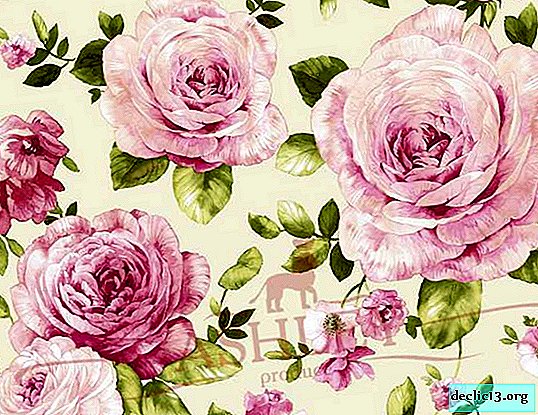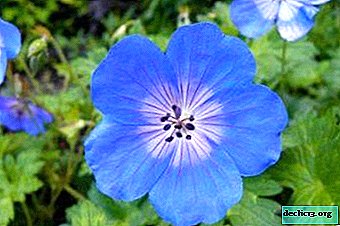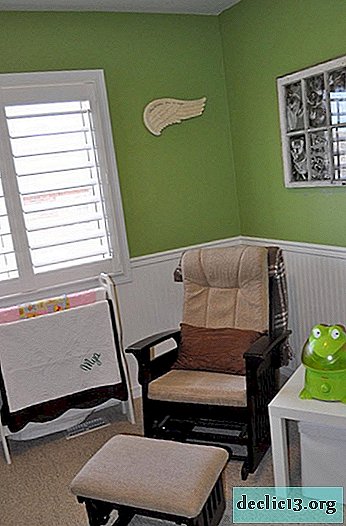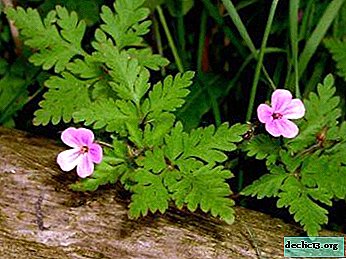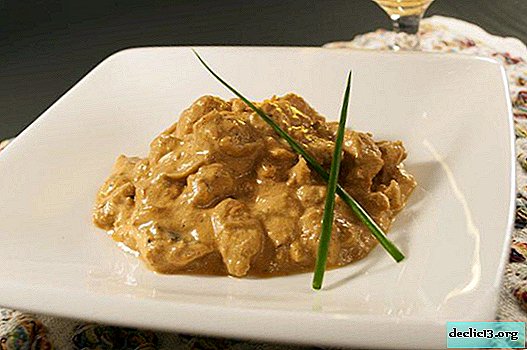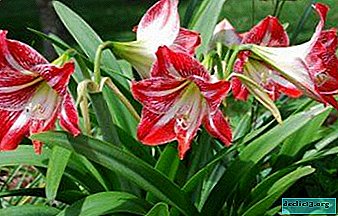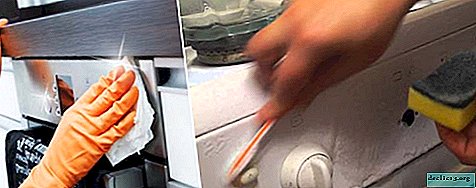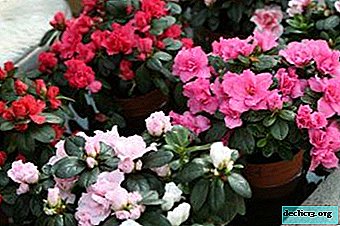What to do if sticky drops appear on the leaves of the orchid? Reasons for this problem
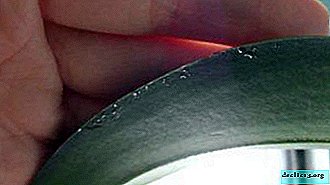
Orchids are exotic beauties hailing from warm countries.
They are rather unusual plants, grow on trees, and not on the ground, have an extraordinary shape of inflorescences, and unusual features.
So sticky spots periodically appear on the leaves.
Regarding precisely this phenomenon, it is necessary to understand in more detail.
When is treatment required?
Before sounding the alarm, it is necessary to identify the causes of sticky fluids. The appearance of such a substance is due to several factors that are mutually exclusive.
- Natural process.
- The microclimate in the room is disturbed.
- Excessive watering.
- Excess fertilizer.
- A sharp difference in temperature.
- Defeat of powdery mildew.
- Attack of harmful insects.
What to do if sticky drops appear? Of course, in a natural process, various actions should not be taken. In the wild, thus, orchids attract insects for pollination through sweet nectar. This is a natural process for the formation of sticky drops, due to the processing of sugars inside the flower. Also sweet droplets play the role of bait for aphids and other peststhat stick and cannot break out.
Advice! In other cases, direct intervention is necessary. After all, with improper care or diseases, the flower will begin to wither and die.How to fix if the problem is due to improper care?
The sticky layer on the leaves above or below indicates also unfavorable content parameters. A similar problem is observed:
- if low humidity in the room;
- the presence of drafts;
- hypothermia of an orchid;
- overfeeding with fertilizers;
- improper watering and lighting.
All this contributes to the appearance of a sticky layer.
 What to do and how to get rid:
What to do and how to get rid:
- Humidity optimization. In the summer, with low humidity, it is worth regularly spraying. Sugar droplets are removed using a wet cotton swab. You can also wash the plant under a warm shower.
- Set up an irrigation system. In winter, minimize flower hydration, because excess fluid leads to the development of infectious diseases and damage by harmful insects, and as a symptom, sticky leaves. When pouring orchids you need:
- dry the topsoil;
- treat the flower with a biological product to maintain immunity "Domotsvet";
- arrange a good drainage layer.
- When overfeeding orchids with fertilizers, it is important to reduce the level of salts in the soil, for this:
- rinse the root system under running water for 5-10 minutes;
- wash off the sticky layer from the leaves;
- let dry;
- change the ground;
- at first, do not feed the flower, after three months use a low concentration of bait;
- fertilizers should be applied only to slightly moistened soil;
- water for irrigation use boiled or filtered.
With pest
 Sticky leaves are the result of infection of a room orchid with harmful insects, in particular:
Sticky leaves are the result of infection of a room orchid with harmful insects, in particular:
- aphids;
- scabbard;
- whitefly;
- tick;
- the worm.
Insects are placed on the back of the leaf and feed on the sap of the plant. The flower begins to dry, the leaves curl, sticky spots appear. If pests are detected with the naked eye, it should:
- isolate the infected plant;
- remove insects with a cotton swab;
- if necessary, trim the affected areas;
- wash the leaves with a warm soapy solution;
- in case of severe damage, treat the flower with a solution of intoxication.
How to treat if white plaque?
Why is the orchid sticky and how to treat it? Infectious diseases are troubles that are quickly tolerated. The cause for excitement is the presence of signs of powdery mildew. Harbingers:
- sticky layer on the foliage;
- covered with white coating, it is actively spreading;
- over time, the plaque becomes black, the process of decay develops.
It is not easy to deal with this disease, it is recommended to take emergency measures:
- Move the diseased plant away from healthy specimens.
- Rinse the orchid with warm water in the shower.
- Dry the flower for 12 hours.
- To process with preparations "Aktara" or "Actellik".
- Plant in a pot with disinfected soil.
- At first, do not disturb the plant, reduce watering.
- It is also advisable not to feed.
You can find out more about what to do if a white coating and sticky drops appear on the orchid in a separate article.
Prevention
In order to reappear the sticky layer and prevent further infection of the plant, fundamental rules should be strictly observed:
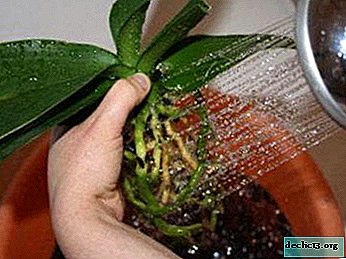 regularly rinse leaves and pots;
regularly rinse leaves and pots;- water for irrigation use boiled or filtered;
- water once a week, in between watering the soil should completely dry;
- Once every 2 weeks, a flowerpot with an orchid should be lowered into the water, after adding there two Alirina-B tablets;
- conduct a thorough inspection of the plant weekly for signs of disease, insects;
- Lighting is required diffused, with a daylight duration of 14 hours. In summer, intense sunlight should be shaded;
- Avoid harsh temperatures and drafts;
- maintaining humidity in the range of 50-60%;
- compulsory airing of the room;
- set a comfortable temperature in summer: + 22-25ºС, in winter + 16-18ºС;
- renew the substrate every 2-3 years;
- choose a proven, high quality substrate;
- fertilize orchids 2 times a month, especially during the flowering period;
- apply preparations containing potassium and iron;
- it is better to spray a flower up to 5 times a day;
- prevent stagnation of water in the axils of the flower, on the foliage;
- the use of drugs to enhance immunity;
- temporarily you can hang masking tape for flies.
Orchids are considered a disease resistant plant. But even this wonderful flower can feel unwell. In order not to resort to serious treatment, it is better to strengthen it, creating optimal conditions. This is the only way to get an orchid, past which it is impossible to pass, which attracts the eye, and falls in love with itself forever.

 regularly rinse leaves and pots;
regularly rinse leaves and pots;

